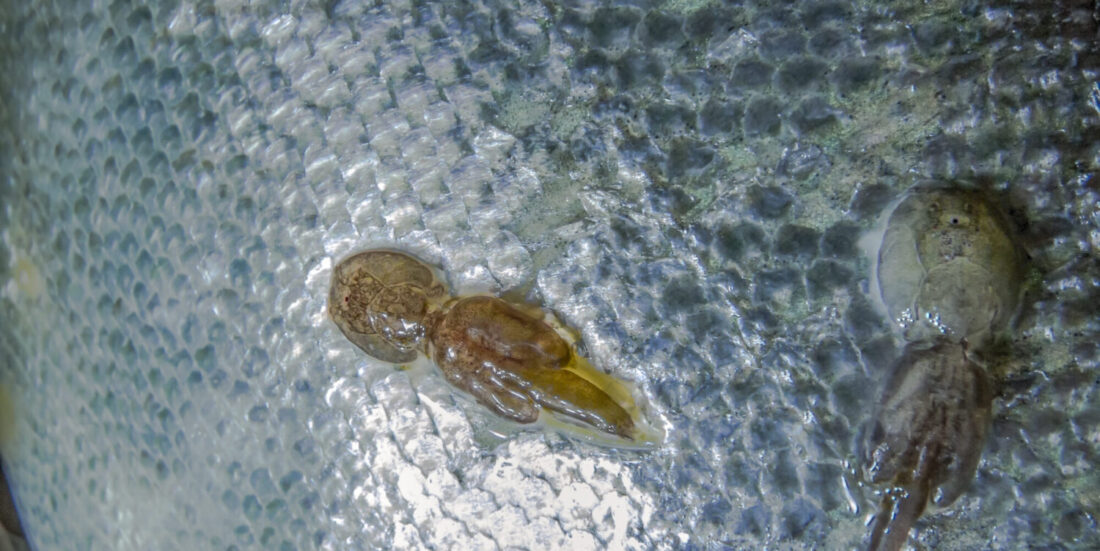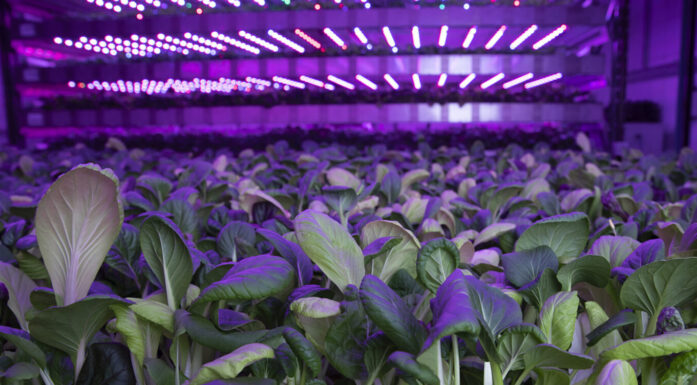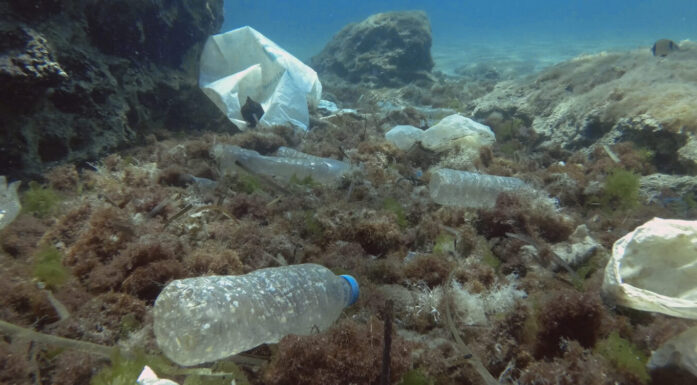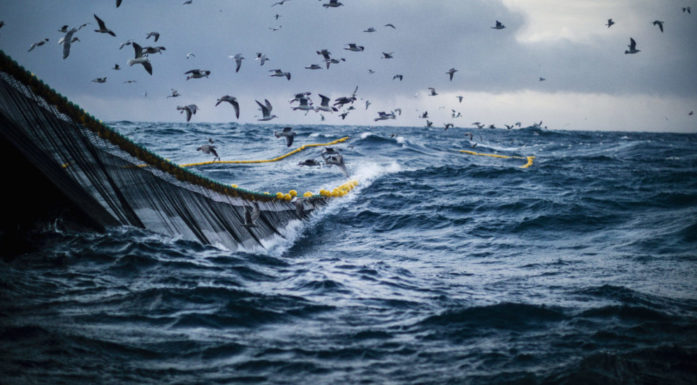Learning to trace salmon lice
Is it only farmed fish that are responsible for spreading salmon lice larvae? Or is it also possible that wild salmon can infect farmed fish? This is what researchers will be trying to find out.
Salmon lice continue to remain one of the major problems plaguing the Norwegian farmed salmon sector. Each year, the industry spends several billion kroner in its attempt to exert control over salmon lice infection. A research project called SPORLUS is now being launched with the aim of identifying an analytical method that can tell us whether a given louse larva is derived from a farmed or a wild salmon.
Researchers are working on the basis of a theory that a salmon’s diet will reveal the answer.
Better control
It is important to be able to control the spread of salmon lice – not only in the interests of animal welfare, but also to mitigate the damage being caused to wild populations of salmon and trout.
“Models have been developed to estimate the spread of lice from a given farm facility, but there’s still a lot we don’t know”, says SINTEF researcher Inger Beate Standal.
“Wild salmon were subject to infection by lice before the introduction of fish farms, and for this reason some believe that wild fish also make a significant contribution to the spread of lice”, she says.
So, in order to find out ‘who is infecting who’, and to improve our models of infection spread, we need a method that can trace exactly where the lice come from.
Diet reveals all
As long ago as in 2012, SINTEF was working with the Norwegian Institute for Nature Research (NINA) and the Norwegian University of Life Sciences (NMBU), and using chemical methods to investigate whether it was possible to trace the origin salmon lice. Researchers concluded that it was likely that louse larvae from mothers infecting farmed fish were different from those infecting wild salmon.
“Farmed salmon have an entirely different diet from wild fish”, explains Sandal. “And we know from our previous project that larvae born to mother lice infecting farmed fish contain higher concentrations of vegetable fatty acids. There were also differences in a variety of element concentrations and isotope ratios”, she says. Isotopes are distinct species of the same element, and variations in the ratios between different isotopes of elements such as carbon and nitrogen are strongly influenced by what the fish eat.
New analytical methods
The project carried out in 2012 failed to achieve its aim because the methods developed were not sensitive enough to obtain adequate results for individual larvae.
“We now believe that methods have become sufficiently sensitive to allow us to fully analyse the small louse larvae and trace their origins”, says Standal.
The SPORLUS project is a joint effort being carried out by SINTEF, NTNU and NMBU. It is being funded by the Norwegian Fisheries and Aquaculture Research Fund (FHF/grant no. 901859). The project was launched in May of this year and will continue for one year.





